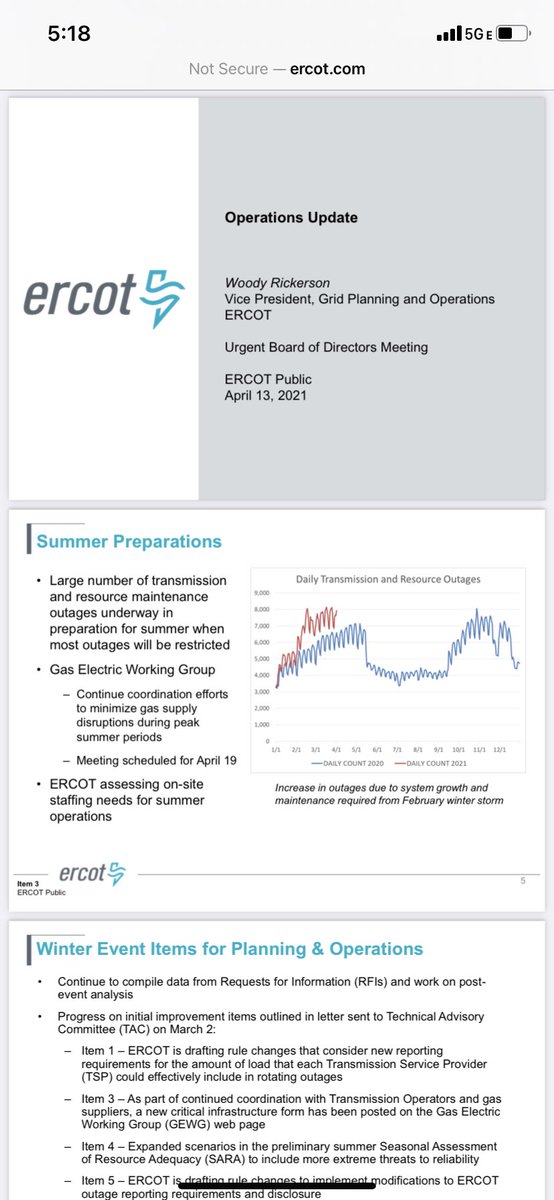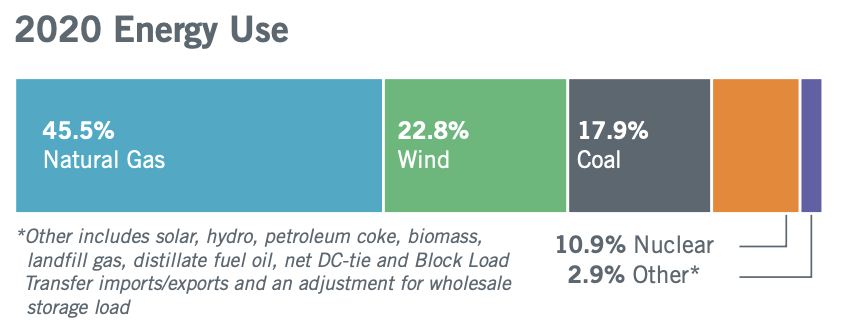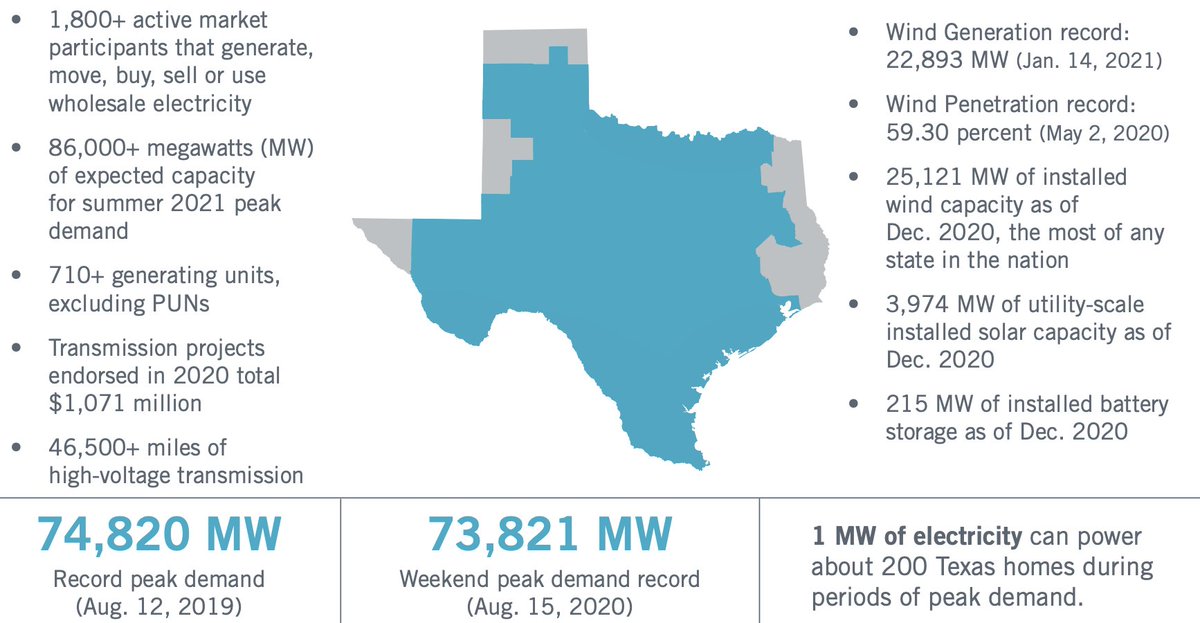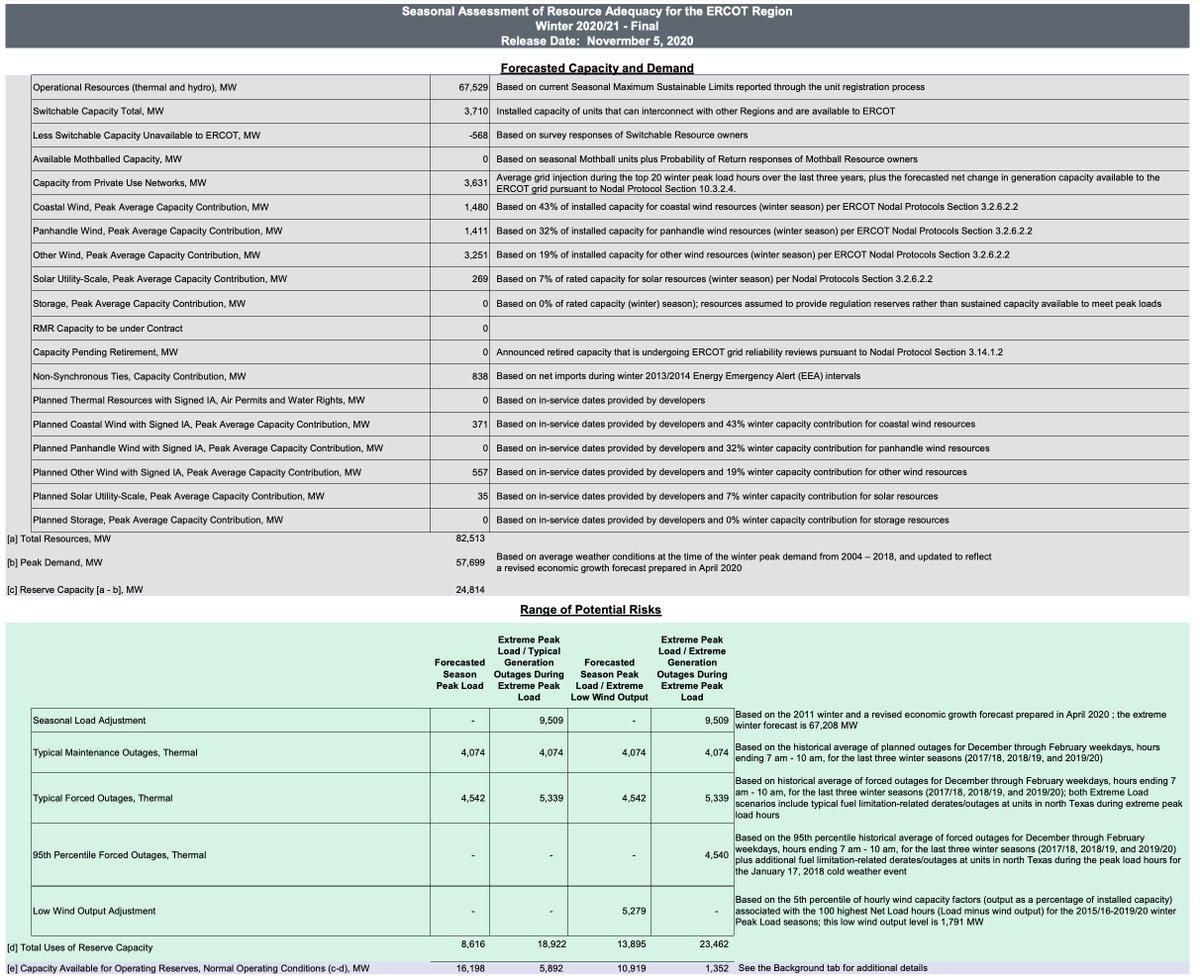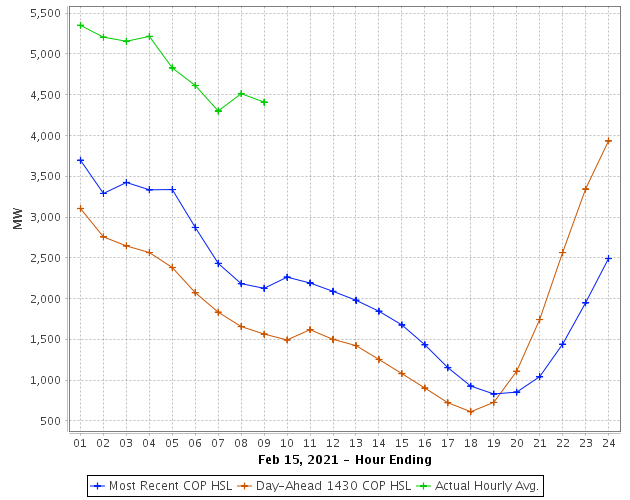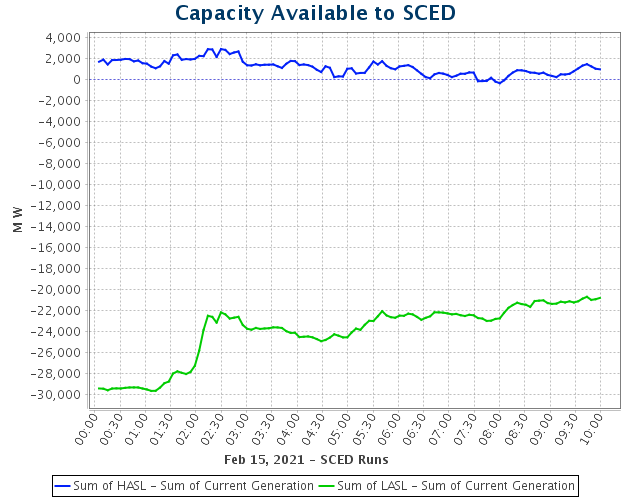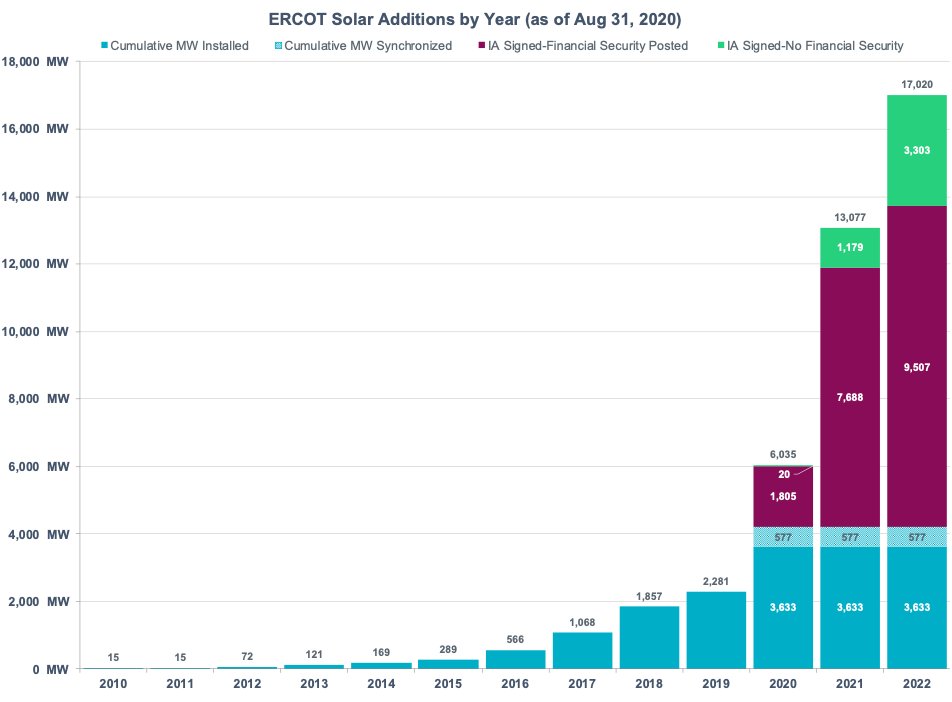
Solar keeping the lights on in ERCOT today. Unusually tight and pricy for a warm but unexceptional June weekend afternoon, with winds slow. 





I’m seeing tweets of brief power outages in parts of Texas today as supply got tight and prices spiked. Does anyone have details on that?
• • •
Missing some Tweet in this thread? You can try to
force a refresh









